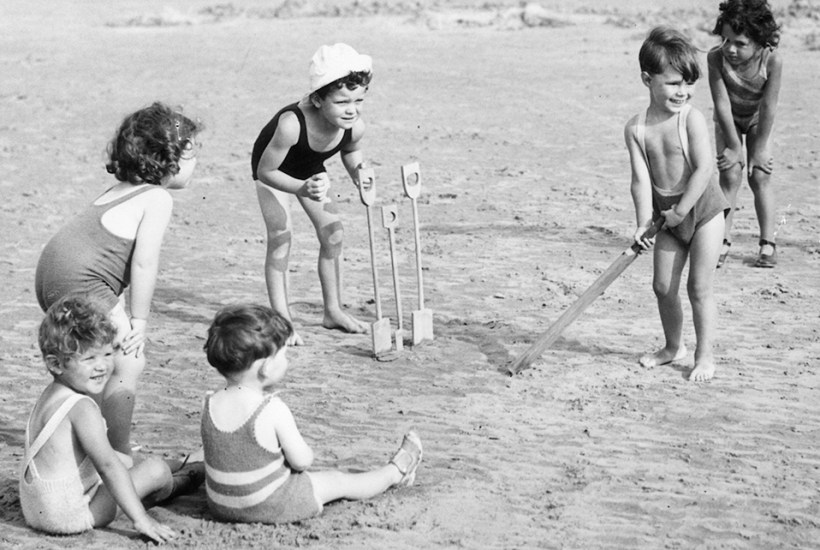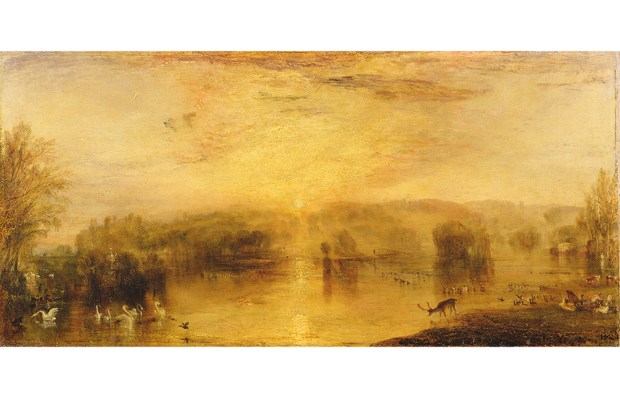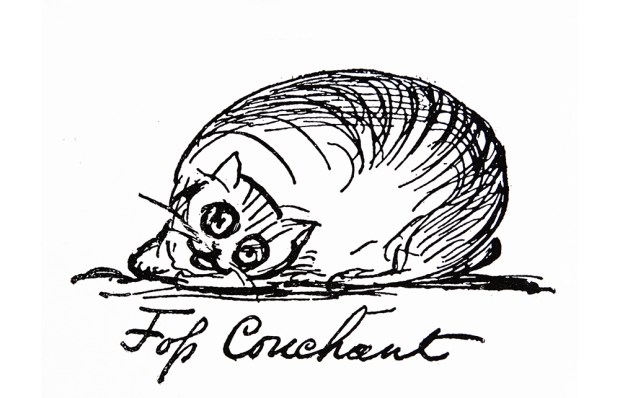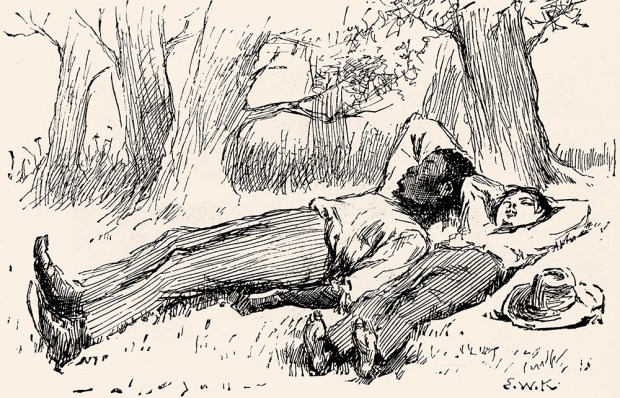Sally Bayley’s The Green Lady is a beguiling, experimental mixture of biography, fiction and family history. In her excellent memoir Girl with Dove (2018), she wrote about her neglected childhood in the coastal Sussex town of Littlehampton. Here she returns to the same locality, but considers her forebears, embroidering episodes from her own rackety childhood into the lives of her ancestors and local people. The title refers to a hostel on the corner of the lane where Bayley grew up. Its owner, Mary Neal, opened it up to factory girls from London. This is the central image of the book, encapsulating themes of wealth and poverty, town and country, the limitations placed on women throughout the 20th century, and how they worked and cared for each other, or didn’t. The Green Lady is a force of compassion, but a complicated one.
I grew up in Sussex in the 1980s and 1990s, and my world almost overlapped with Bayley’s. It was a peculiar place. The run-down amusement parks of Littlehampton were a stone’s throw from the idyll of Climping, while the conurbation that begins in the east with Brighton was stretching along the coast, encroaching on the farms and valleys of the Downs. Bayley renders this liminal place both enchanted and menacing. Weaving in local legends of the Lyminster Worm and Lobb’s Wood (which we learnt at my now long-defunct prep school Rosemead), she reminds us about a pupil who was found hanging from a tree in an unexplained accident. She evokes the down-at-heel gentility of the seafront parades where the actress Margaret Rutherford liked to holiday, contrasting it with the real poverty she experienced as a child, when menacing men holding cans of beer might appear at any moment.
Bayley’s grandmother, Edna May Turner, was a distant relative of J.M.W. Turner, and she uses his painting of Shoreham as a portal to the past, peopling it with lively images of her forebears. ‘Nobody knew much about my grandmother, Maze, only that she liked dancing and knew the steps to the Charleston and the foxtrot, and as a girl danced upon Shoreham Sands.’ She ended up as a nurse in a children’s hospital, worked to the bone. Another telling observation is of Henry Bayley, a tailor, who had to mend Edward VII’s jacket overnight because he’d grown too fat for it.
The prose is glancing and poetic, suffused with gentle melancholy, yet bursting with connections that anticipate, tease and delight – leading you, for example, from a memory of an old lady on a train to a discussion of The Lady Vanishes. One Christmas, her otherwise inattentive mother can’t afford to buy any presents, so knits an entire town for her daughter. The memory causes Bayley to contemplate the loss of connection in today’s society:
The view that once there had been a sense of daily life, of people passing in the street on the way to run an errand, on the way to work. And on the way you waved: you waved at the people because you knew them.
There is hope, however: ‘I will console you,’ she writes; ‘I will tell you stories, because in the end we only have tales to tell.’ Sewing and painting come to mind when reading The Green Lady, which is a carefully and tenderly wrought collection of fragments. There is much here of art and literature as succour for the soul, and this charming, original and poignant book shines with intellectual and imaginative fire.
Got something to add? Join the discussion and comment below.
Get 10 issues for just $10
Subscribe to The Spectator Australia today for the next 10 magazine issues, plus full online access, for just $10.
You might disagree with half of it, but you’ll enjoy reading all of it. Try your first month for free, then just $2 a week for the remainder of your first year.














Comments
Don't miss out
Join the conversation with other Spectator Australia readers. Subscribe to leave a comment.
SUBSCRIBEAlready a subscriber? Log in